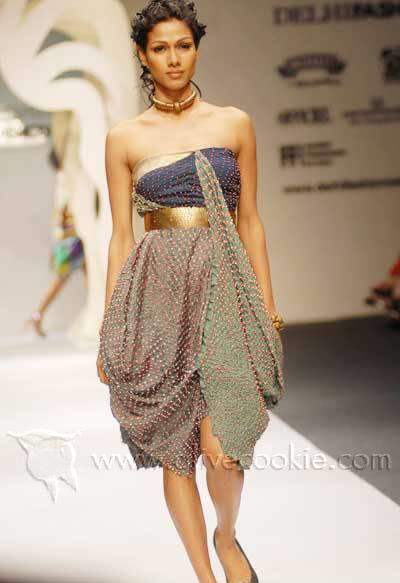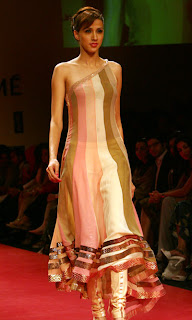A hijab is a veil traditionally worn by Muslim women in the presence of adult males outside of their immediate family, which usually covers the head and chest. The term can further refer to any head, face, or body covering worn by Muslim women that conforms to a certain standard of modesty. Hijab can also be used to refer to the seclusion of women from men in the public sphere, or it may denote a metaphysical dimension, for example referring to "the veil which separates man or the world from God".


In the Qur'an the term hijab refers to a partition or curtain in the literal or metaphorical sense. The verse where it is used literally is commonly understood to refer to the curtain separating visitors to Muhammad's house from his wives' lodgings. This had led some to argue that the mandate of the Qur'an to wear hijab applied to the wives of Muhammad, and not women generally.
Types of Abaya or Hijabs
Abaya -Full-length, robe-like outer garment that covers the whole body except the head, feet, and hands. Usually worn with a headscarf or (especially in Saudi Arabia) gloves and niqab.
Al-amira-A two-piece veil. It consists of a close fitting cap, usually made from cotton or polyester, and an accompanying tube-like scarf.
Burqa or chadari-Traditional Central Asian style outer garment that covers the entire body and has a grille over the face that the woman looks through. Very similar in style and function to other Central Asian styles such as the paranja.
Niqab-A veil that is tied on at the bridge of the nose and falls to cover the lower face. Also called "half niqab".A veil that covers the face and entire head but with a place cut out for the eyes.
Shayla-Long, rectangular scarf, wrapped around the head and tucked or pinned in place at the shoulders. Popular in the Gulf region.






























































